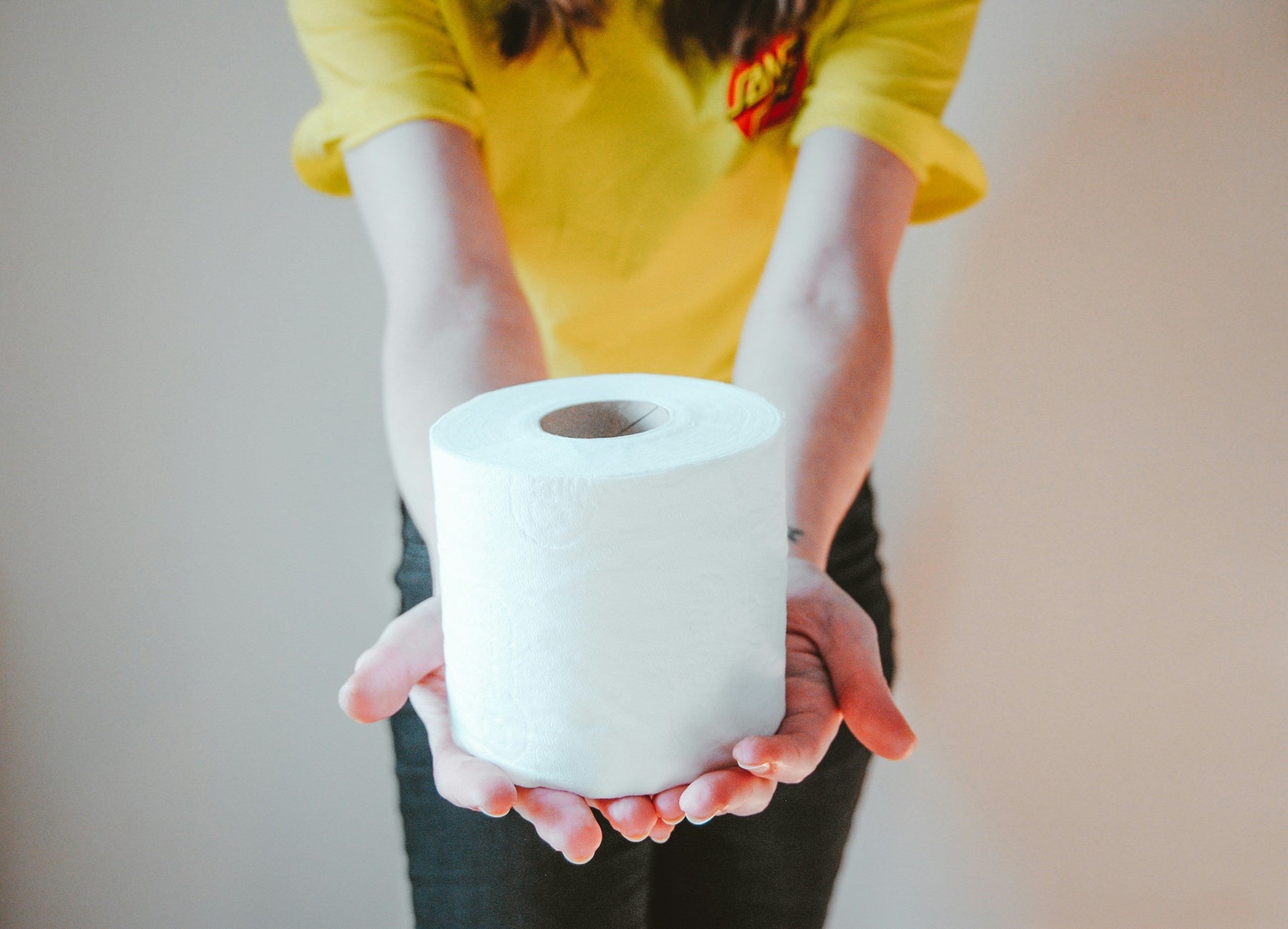
Teaching an Autistic Child to Wipe Their Bottom
As parents, helping a child develop independence and self-care skills is a huge milestone.
One important but often tricky skill to teach is how to wipe after going to the toilet. For
children with autism, this task may present additional challenges, but with patience,
consistency, and understanding, it can be achievable. Here’s a friendly guide on how to
approach teaching this important self-care skill to an autistic child.

Understand the Unique Challenges Depending on Your Child's Needs
Every child is different, and children on the autism spectrum can have various sensory,
communication, and motor difficulties. For some children, the sensation of wiping can feel uncomfortable, overwhelming, or even painful. Others might struggle with understanding the sequencing of the task or with fine motor skills.
Recognising these challenges is the first step in approaching the task with compassion. By being aware of your child’s individual needs and preferences can make the learning process smoother and more successful.
Break It Down into Small Steps and Teaching Them Each Step
Autistic children often benefit from clear, structured steps. Wiping after going to the toilet can be broken down into small, manageable tasks, such as:
- Getting the toilet paper – Teach your child how to tear off the right amount of toilet paper.
- Positioning the toilet paper – Demonstrate how to fold it or place it in their hand.
-
Wiping – Show them the wiping motion. It’s often easier (and more hygienic) to
teach wiping from front to back. - Checking for cleanliness – This can be a difficult step, but encourage your child to check the toilet paper to see if they are clean.
-
Flushing and washing hands – Reinforce the full process with washing hands as
the final step.
Visual aids, like step-by-step charts or videos or a social story, can help make the process clearer.
Use a Sensory-Friendly Approach
For some children with autism, the texture of toilet paper or the sensation of wiping can be a sensory issue. Experiment with different types of toilet paper (thicker, softer, etc.) or even wipes that are more comfortable. Some children prefer using moist wipes, while others maybe more comfortable with dry toilet paper.
If your child is sensitive to certain textures, you may want to gradually introduce new
sensations, starting with activities that they find tolerable, such as using wet washcloths.
Allowing them to choose the wiping method or materials that work best for them can help reduce anxiety and increase cooperation.
Encourage Independence, But Be Patient and Supportive
Teaching your child to wipe independently is the ultimate goal, but it’s important to
remember that this is a skill that takes time. Encourage your child when they make progress, no matter how small, and provide positive reinforcement. For example, using stickers, praise, or even extra playtime as rewards can motivate them to continue practicing.
However, don’t expect perfection right away. It might take some time before your child can wipe thoroughly and consistently on their own. During this learning period, it’s okay to assist them as needed. Some children may need reminders or help with wiping well enough to feel clean.
Consider Professional Support
If your child continues to struggle with this skill, it may be helpful to reach out to a
professional, such as an occupational therapist. Occupational therapists are trained to help children with sensory processing, motor skills, and other challenges, and they can provide personalised strategies for teaching self-care tasks like wiping.

